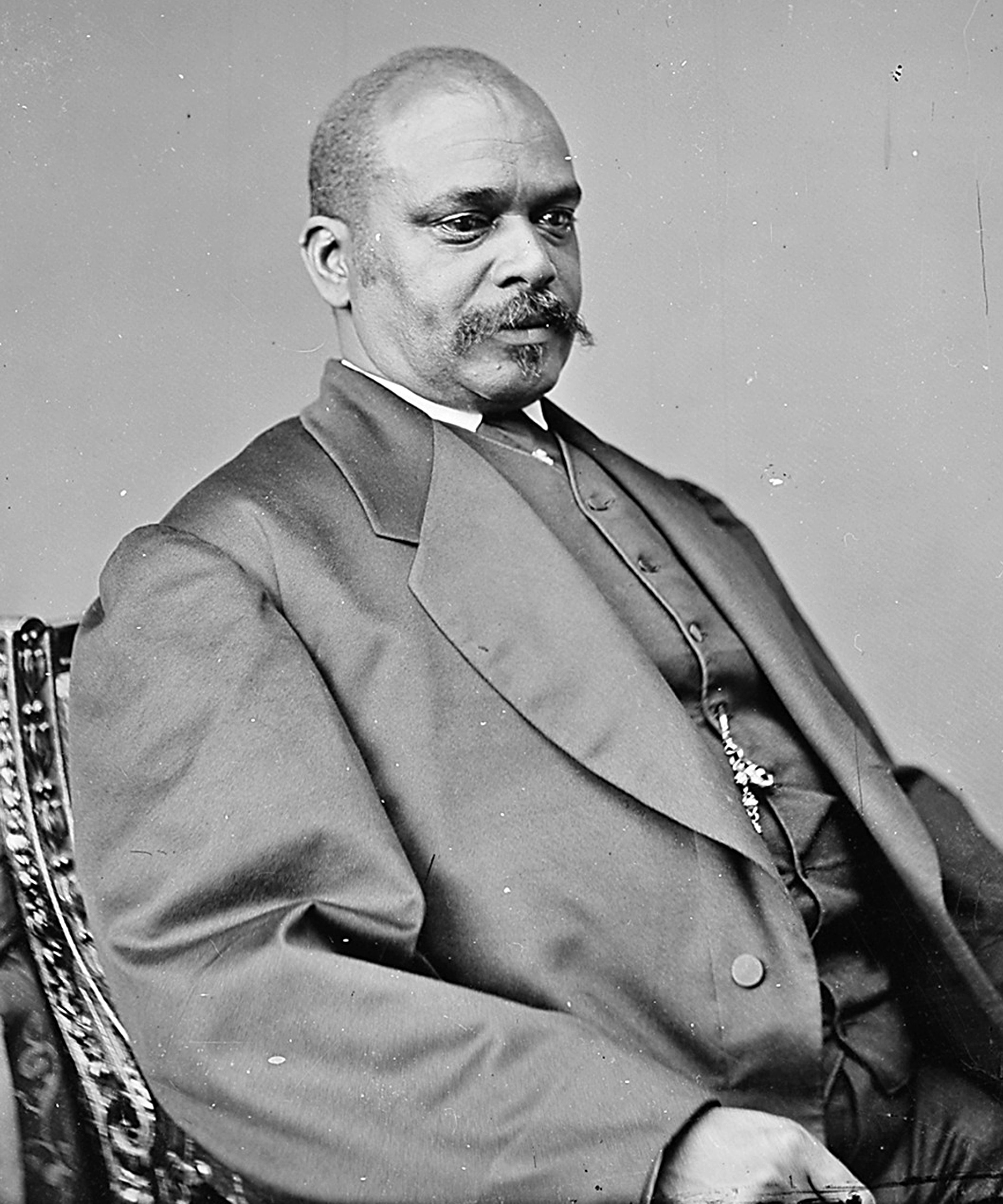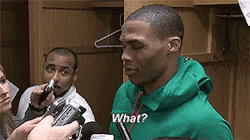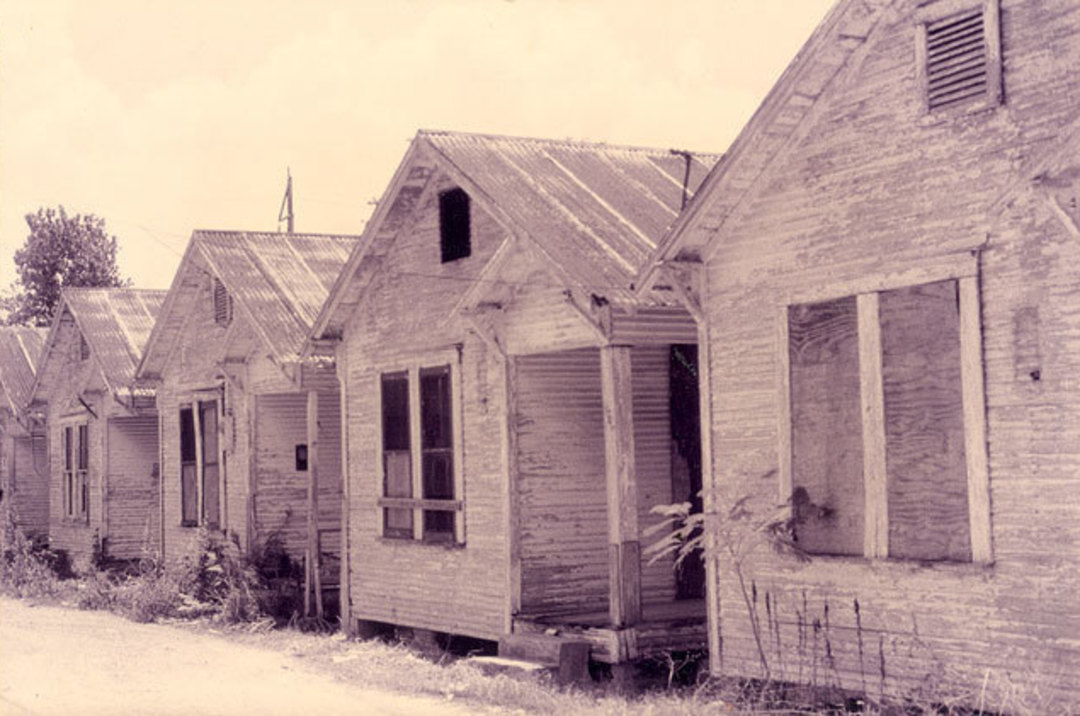IllmaticDelta
Veteran
Ehh, the more I look into it I think the 2 vs 3 tiered caste system was more of a distinction between North & Upper South vs Deep South. Deep southern cities like Charleston & Savannah absolutely did have large free mulatto populations that were very much distinct from even the free black-black community just like New Orleans.
For the longest time the deep south in general rejected the one drop rule, because the one drop rule was originally a NORTHERN concept that later spread to the upper south, alien to the deep south. Lets not forget that many of the "free people of color" in New Orleans had origins in South Carolina, not colonial louisiana.
Redbone (ethnicity) - Wikipedia
But, I will concede that miscegenation on average was more common in colonial Louisiana than other parts of the deep south(upper south had even more miscegenation). But, that was only in practice as it was still illegal in colonial LA(again, see louisiana code noir 1724), it was just less enforced.
Yeah, they did early on but they started switching up before New orleans did
]








That label has been the lone constant in an ever-evolving checklist of identities that reflect the changing demographics of this country — and the changing language the government has used to define it. In 1790, the three categories available were "free white females and males," "all other free persons" and "slaves." By 1830, that last category had splintered into "slaves" and "free colored persons." By 1890, the census separately counted blacks — now all legally free — as "blacks," "mulattos," "quadroons" and "octoroons."

Blacks, like whites, are the only other group continuously identified by the census since 1790, although the language used to refer to blacks has changed in ways the Census Bureau is surely not proud of today. In the second half of the 19th century, census data helped drive scientific theories of race that were used at the time to justify discrimination. That's why the census added "quadroons" and "octoroons" as categories in 1890. These were the instructions given that year to enumerators:
Write white, black, mulatto, quadroon, octoroon, Chinese, Japanese, or Indian, according to the color or race of the person enumerated. Be particularly careful to distinguish between blacks, mulattoes, quadroons, and octoroons. The word 'black' should be used to describe those persons who have three-fourths or more black blood; 'mulatto,' those persons who have from three-eighths to five-eighths black blood; 'quadroon,' those persons who have one-fourth black blood; and 'octoroons,' those persons who have one-eighth or any trace of black blood.
The term "mulatto" didn't vanish entirely from the census until 1930. (aka when the real one drop rule took over)

Last edited:


 Brought by Haitians
Brought by Haitians





 Ahh, you beat me to it. I was going to make a post about this. lol That's what I get for being slow to the punch, I guess.
Ahh, you beat me to it. I was going to make a post about this. lol That's what I get for being slow to the punch, I guess.










